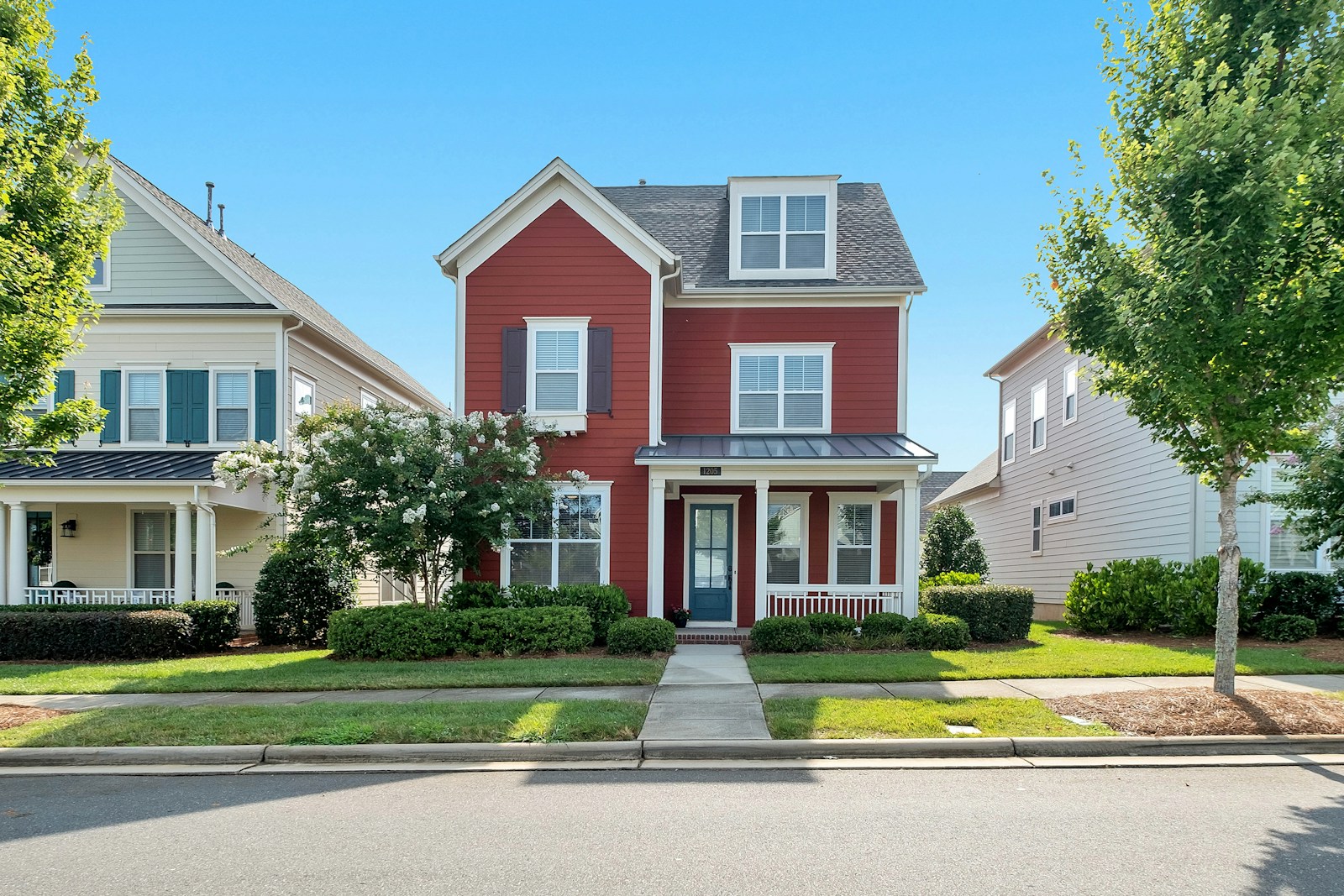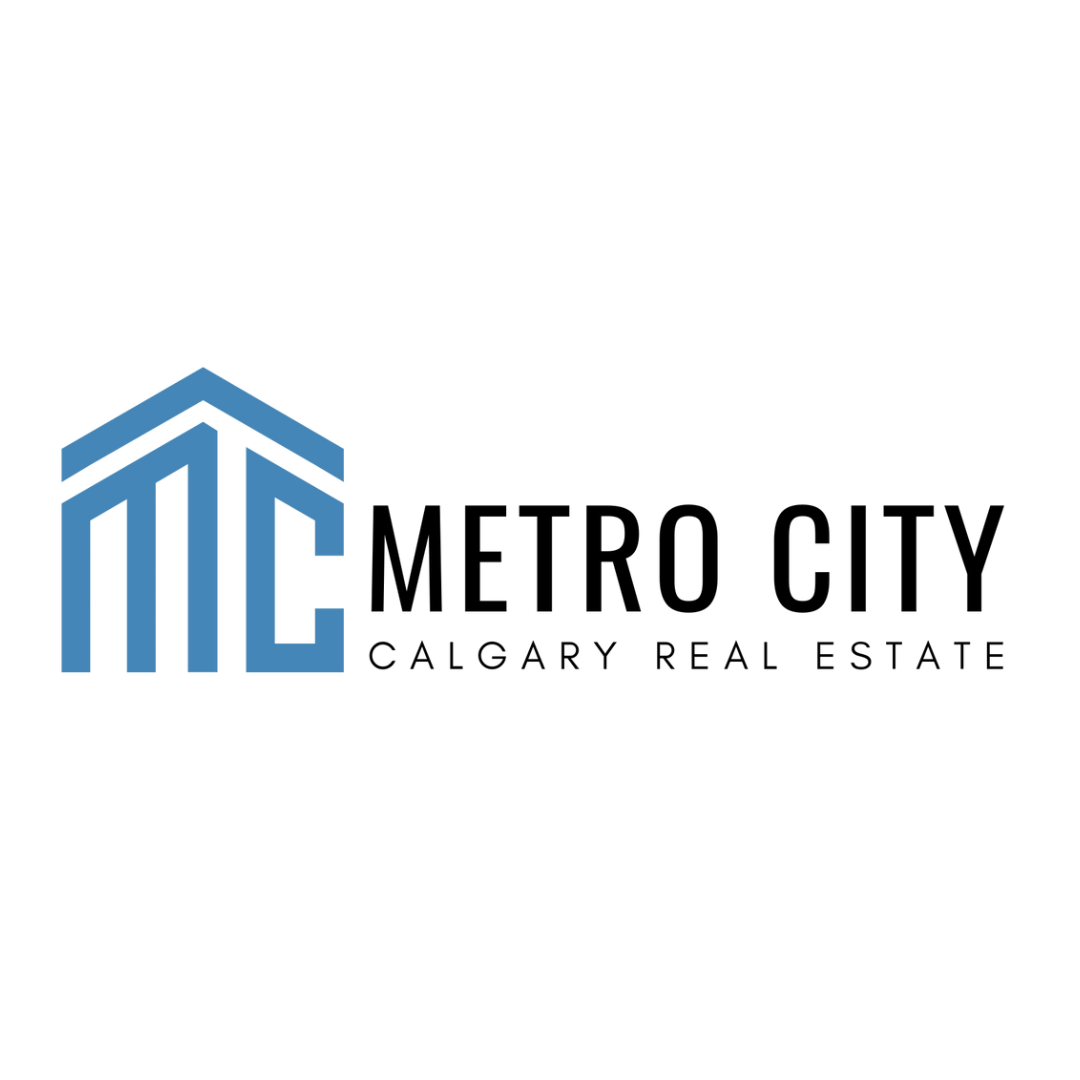Presented by MetroCity Calgary
The latest housing statistics from the Calgary Real Estate Board (CREB®) show continued shifts in the real estate landscape across Calgary and its surrounding areas. July 2025 brought with it increased inventory, stable pricing, and signs of balance in many segments of the market.
📊 Calgary Market Overview
Sales: 2,191
🔻 Down 18% year-over-yearInventory: 7,311 active listings
🔺 Up 109% year-over-year — a record high for JulyMonths of Supply: 3.3
🔼 Indicates a shift toward a more balanced marketBenchmark Price: $583,000
🔺 Up 2% year-over-year
Despite a drop in sales volume, Calgary’s market remains more active than historical norms. Inventory levels have more than doubled compared to last year, offering buyers more choice and reducing upward pressure on prices. That said, benchmark prices held steady and even posted a modest year-over-year gain of 2%, showing ongoing demand — especially in the detached sector.
| Community | Benchmark Price |
| --------------- | --------------- |
| Airdrie | $534,400 |
| Cochrane | $583,200 |
| Okotoks | $619,700 |
| Chestermere | $706,700 |
| Langdon | $692,500 |
| Strathmore | $460,700 |
Suburban markets continue to show relative price stability. While months of supply have increased slightly across the board, benchmark prices have remained resilient — especially in Okotoks, Langdon, and Chestermere, which remain desirable for families seeking more space and value.
🧠 What This Means for You
📌 Buyers:
This is a great time to explore your options. With significantly more homes on the market and more balanced conditions, buyers have room to negotiate — especially in segments with higher inventory like condos and row homes.
📌 Sellers:
While the market isn’t as frenzied as in recent years, homes that are priced well and show well are still moving. Detached homes in prime areas continue to draw attention. If you're considering selling, now is the time to get strategic about pricing and marketing.
🏡 Need Help Navigating This Market?
At MetroCity Calgary, we understand that every market shift brings opportunity — if you’re guided by the right information and expertise. Whether you're buying, selling, or just watching the market, we’re here to help you make sense of the numbers and take the next step with confidence.
📞 Let’s talk: 403-880-4743
📩 Email: hello@metrocitycalgary.com
🌐 Website: www.metrocitycalgary.com






